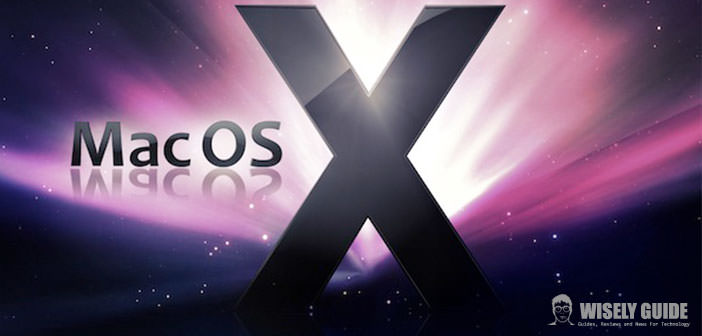How to reset the NVRAM
The NVRAM or Non Volatile Random-Access Memory, is located in a part of the memory, which has the function of storing certain settings that must be processed quickly. This memory differs from a simple RAM memory, since it does not erase its contents when the Mac is turned off and does not ” forget ” anything of what it has stored.
Some examples of these settings that it manages are time, screen resolution and volume. If you encounter problems with one of these settings, you may need to reset the NVRAM. In the new versions, the NVRAM has been replaced by the PRAM, the procedure is identical for both.
The process is safe and fast and will not delete any type of file from your Mac! I will explain how to reset your NVRAM in a few simple steps.
Understanding the problem
Before doing anything, one must understand the true nature of the problem. The Mac has a very delicate system and if you do not feel it, the best alternative will be to contact a specialized technician at the nearest Apple Center.
In any case, once you understand what kind of problem you are facing. You can proceed with the reset. First of all, you have to turn off your Mac. To turn it off go to the apple symbol in the menu bar and select the ” turn off ” item. After turning it off, you can turn it back on or if it is already off, simply switch it on.
And now…?
Once switched on, as soon as the screen lights up, arm yourself with patience and press this sequence of keys, I recommend, you have to press them all at once !: Option (alt), command (cmd), P and R. You have to keep them pressed for a few dozen seconds.
During this time, your Mac will reboot twice. On the second reboot, release the keys and wait for the Mac to finish booting. If you find problems of slowness in this phase, do not worry, it’s completely normal. Now you can go to ” system preferences ” and set all the settings that have been reset to your liking.
Conclusions
This procedure, as already mentioned, is very delicate and very stressful on your Mac, as it is useful only when there are problems related to NVRAM. For the rest, it is useless, indeed, the abuse of this procedure could create major damage to the Mac itself. All this to make it clear that if, for example: you have a problem of power, slowness, heat or fans, do not perform this procedure because it will not solve.

